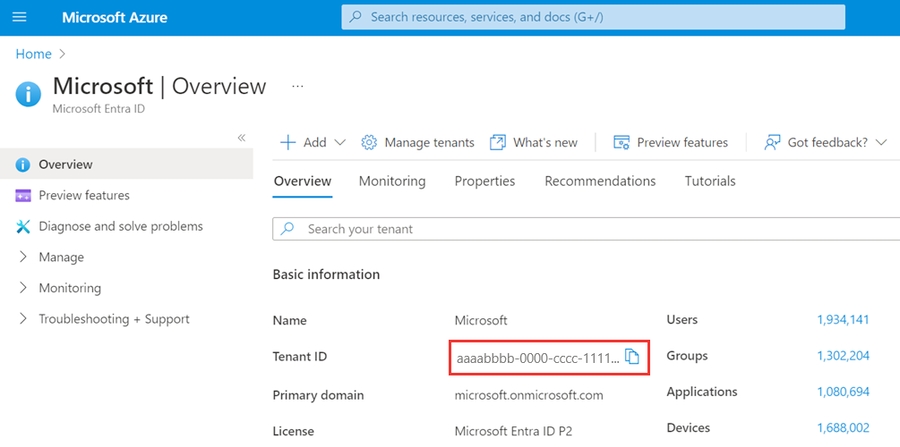Microsoft AD
As an Admin with integrations permissions, you can sync your occupancy data or directory via Snowflake.
When using Microsoft AD for Directory this means your active directory can be seamlessly populated in gospace AI, so you can start to automate for all your users, and map them to teams without any manual inp
To begin, click on "Microsoft Active Directory - user management" for directory on the integrations page. You'll then see the below.

If everything looks good, click "Continue" to create your SFTP integration. gospace AI will then test the connection to your SFTP server and verify that it can successfully authenticate and access the specified file path. If the connection test is successful, your SFTP integration is ready to start mapping to import your users, teams or both.
Permissions:
gospace AI needs permissions to all the below
Users
User.Read.All
User.Read.All
Groups
Group.Read.All
Group.Read.All
Group Members
GroupMember.Read.All
GroupMember.Read.All
Similarly, in Azure AD
Go to App registrations ▶ Your app ▶ API permissions.
Under Microsoft Graph, add Application or Delegated permission
Group.Read.All(or the broaderDirectory.Read.Allif you need it).Click Grant admin consent.
Next steps:
Map your directoryLast updated

